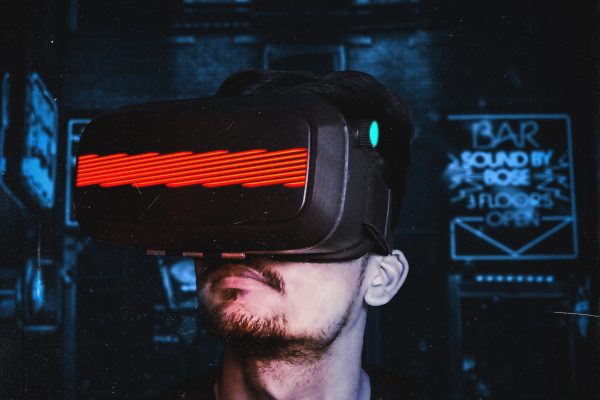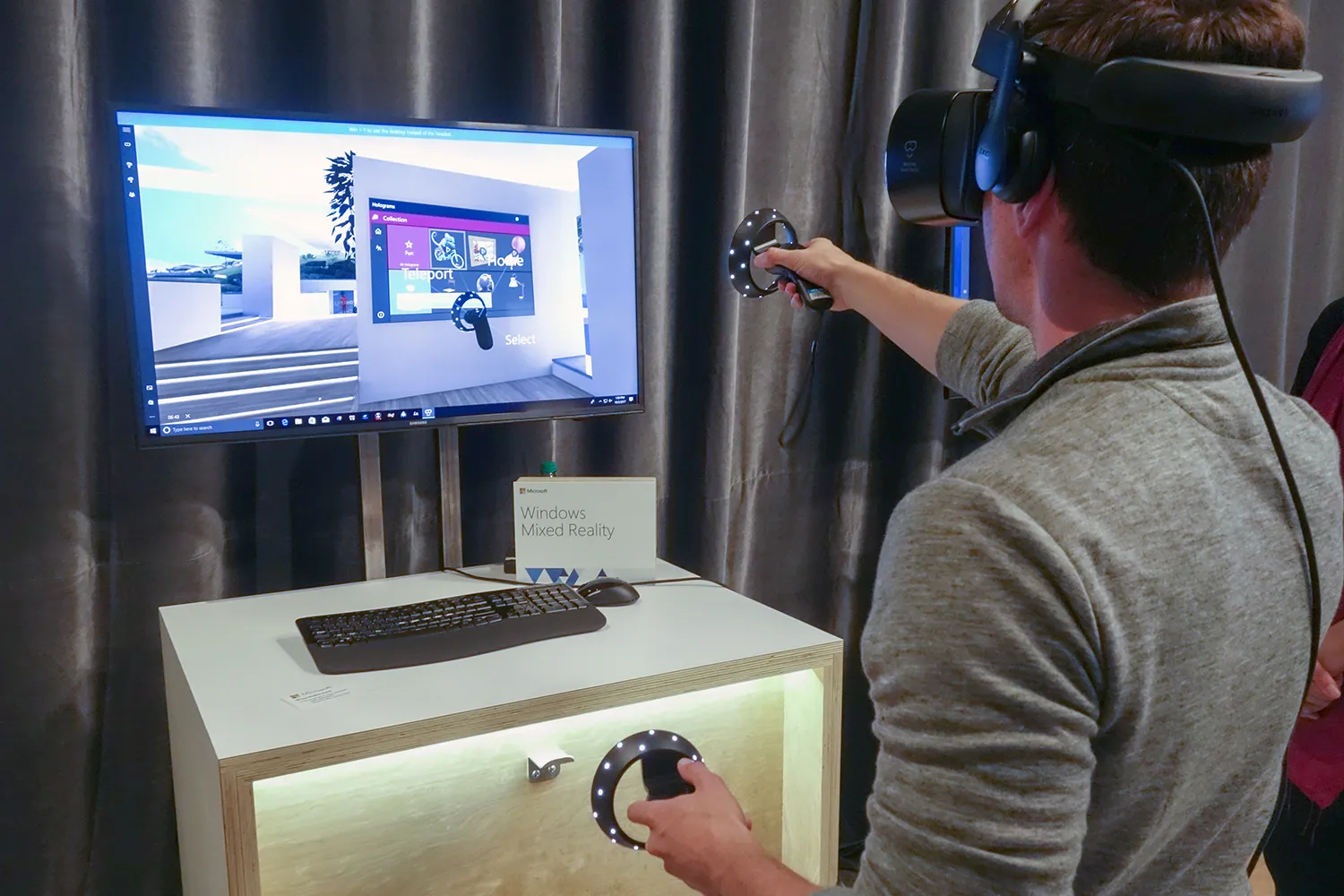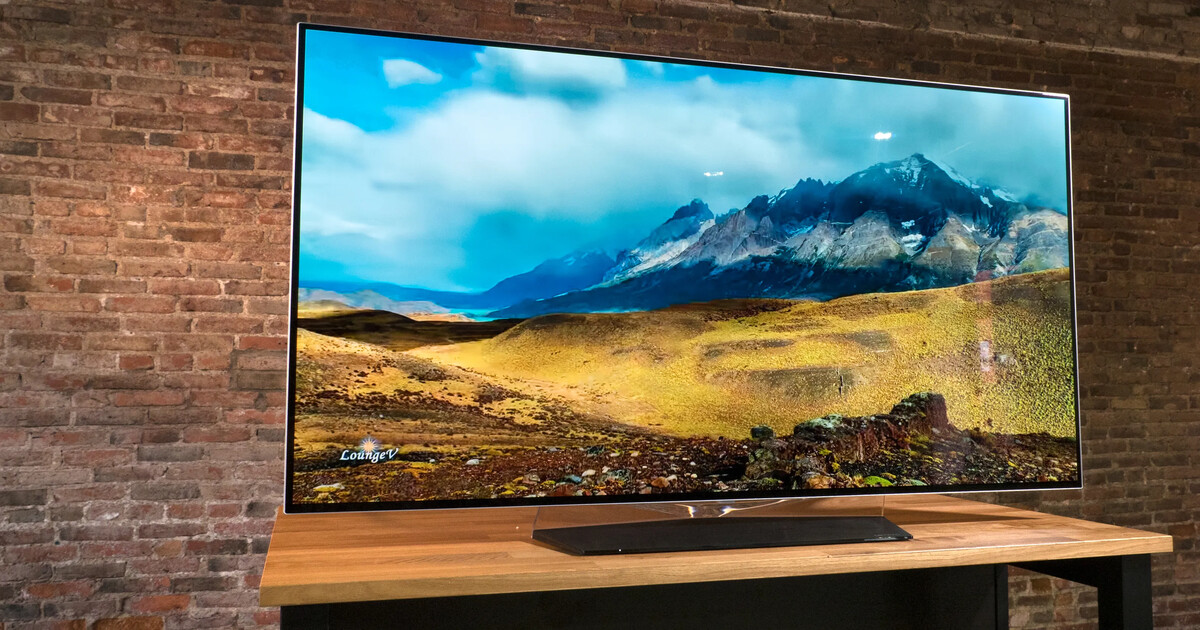Home>Data Storage>What Augmented Reality is and Why You Should Care


Data Storage
What Augmented Reality is and Why You Should Care
Modified: October 20, 2024
Read on to better understand the history of Augmented Reality and why you should be keeping at least one eye on this game-changing technology!
(Many of the links in this article redirect to a specific reviewed product. Your purchase of these products through affiliate links helps to generate commission for Storables.com, at no extra cost. Learn more)
Pokémon Go was huge back in 2016. Despite the game’s lack of long-term traction worldwide, we can thank it for introducing countless people to Augmented Reality as a concept. That said, to think of Pokémon Go as the pinnacle of AR would be missing the point. In this article, we’ll deep dive into Augmented Reality, its history, and its use cases to get to the bottom of why you should be keeping at least one eye on this game-changing technology.
Is AR The Same As VR? What About XR?
AR stands for Augmented Reality. At face value, this technology augments the reality around you. This means that you may look through a phone screen or a partially transparent headset like the Hololens and see digital elements appear and interact with the real world around you.
So, Pikachu standing on your living room floor in Pokémon Go is a classic example of AR. On the other hand, VR stands for Virtual Reality. This ditches the real world entirely, instead creating a fully virtual world for you to engage with. In VR you’ll most likely be wearing a headset that completely blocks the real world from view. Subsequently, the experience you are playing will transport you to a totally virtual world—whether that be the top of a building, an alien planet, or under the sea.
So, in short, with AR you use the real world around you as part of the experience. Meanwhile, VR takes you to a totally virtual world. XR, or extended reality, is a more blanket term. It includes both VR, AR, and other tech. It essentially refers to ways that digital interfaces interact and extend the potential of our physical reality.
Brief History of AR
True AR devices may be relatively new, but the concept has been around for a long time now. AR shares many of its origins with VR in technologies like the Sensorama — a way of showing films in an all-encompassing device that incorporates vibrations and even smells to further immerse the viewer.
The real innovations, though, came in the 1960s through Ivan Sutherland’s famous experiments into XR. From the first head-mounted displays to his device the “sword of Damocles”, these experiments showed that XR was closer than ever. Further experiments in digital interaction and virtual reality slowly evolved the space. However, it wasn’t until 1989 and 1990 that the terms Virtual Reality and Augmented Reality were coined by Jaron Lainer and Thomas P Caudell respectively.
Thereafter, the first functioning AR system was developed by Louis Rosenberg in 1992 while working at the USAF Armstrong’s Research Lab. He called it Virtual Fixtures, which acted as a way of providing users with higher-speed 3D graphics than were available at the time.
Then things really kicked off, with the release of the game ARQuake, the ARToolkit, and eventually Google Glass and Microsoft HoloLens which solidified the concept and potential of AR in the public consciousness.
What Can We Use it For?
While it has only found a handful of uses within video games and everyday uses, Augmented Reality has the potential to revolutionize how we interact with the world, and it’s already doing exactly that.
Let’s run down a few of the top use cases for AR:
1. Education.
From visualizing complex processes to training surgeons, AR allows us to interact with digital systems in real-world space. Meaning that multiple users can engage with the same real-time simulations at the same time. This can be invaluable for teaching about complex systems; from the human body to astrophysics.
2. Visualization.
Computers revolutionized design and architecture as they allowed for comparatively easy modeling. AR turns that up a notch, allowing users to visualize models to-scale within real-world environments. Not only that, but consumers can also use AR to visualize products, such as furniture, within their own homes before buying.
3. Healthcare.
From NuEyes’ AR glasses which help with visual impairment to AccuVein’s AR tracking to help insert IVs, AR can not only assist patients but it can also help carers with simple, routine procedures.
4. Retail.
From visualizing fashion on your body to trying out the various interior options of vehicles, AR can give a window into potential products to buy.
5. Entertainment.
Pokémon Go proved that AR can be fun, engaging, and charming. While few developers have taken up the form, it is sure to be an exciting space for gaming in the future. If you’re still playing Pokémon Go, you can use ElDorado to get rare Pokémon!
6. Art.
Many contemporary artists are engaging with the world of AR and its abilities to shift the world around us.
These are but a few of the top uses of AR currently, with many more within industrial settings—from military training to the maintenance of factory floors. AR is an exciting, and sometimes strange, technology. But as dedicated AR devices become more commonplace, we are sure to become more exposed to them, resulting in developers flooding in to build AR applications. Ultimately, the augmented reality revolution is slowly coming. So, it’s time to jump on board.
Was this page helpful?
At Storables.com, we guarantee accurate and reliable information. Our content, validated by Expert Board Contributors, is crafted following stringent Editorial Policies. We're committed to providing you with well-researched, expert-backed insights for all your informational needs.















0 thoughts on “What Augmented Reality is and Why You Should Care”